Hiking is an exciting outdoor adventure that lets you explore nature, challenge yourself, and enjoy breathtaking views. Not to say there are so many gorgeous scenery nearby, like hiking trails in Banff, Kananaskis, Jasper.
However, before setting off on a hike, proper preparation is essential to ensure safety, comfort, and an enjoyable experience. Whether you’re hiking in hot, cold, or rainy weather, this checklist will help you get ready for the trail.
What to Wear for a Hike
Warm Weather (Hot and Dry Conditions)
In hot weather, staying cool and protected from the sun is important. Wear lightweight, moisture-wicking clothing to keep sweat away from your body. A long-sleeved shirt and pants made of breathable materials like nylon or polyester provide protection from the sun while keeping you cool. Avoid cotton, as it absorbs sweat and can make you feel uncomfortable.
A wide-brimmed hat helps shield your face and neck from the sun, and UV-blocking sunglasses protect your eyes. Don’t forget to wear sunscreen with at least SPF 30 to prevent sunburn. For footwear, choose lightweight, well-ventilated hiking shoes or trail runners that offer good traction.
Cold Weather (Cool to Freezing Conditions)
In colder temperatures, layering is key to staying warm. Start with a moisture-wicking base layer (such as merino wool or synthetic materials) to keep sweat away from your skin. A fleece or down jacket serves as an insulating mid-layer, and a windproof and waterproof outer shell protects against rain, wind, or snow.
Wear thermal leggings or insulated hiking pants, and opt for wool socks to keep your feet warm. A beanie or insulated hat helps retain heat, and gloves protect your hands from the cold. If hiking in extreme cold, consider insulated boots to prevent frostbite and cold-related injuries. Neck gaiter or balaclava can also protect your face from frostbite by covering your nose, cheeks and chins.
Rainy or Wet Weather
For rainy hikes, waterproof gear is essential. A waterproof and breathable rain jacket keeps you dry without trapping too much heat. Wear quick-drying synthetic or wool clothing instead of cotton, as cotton takes a long time to dry when wet.
Waterproof hiking boots with good grip are important to prevent slipping on wet terrain. Carry a rain cover for your backpack or pack items in dry bags to keep essentials like food, electronics, and spare clothes dry. Gaiters (fabric covers worn over your boots and lower legs) help keep water and mud from getting into your shoes.
Essential Items to Bring on a Hike
Navigation Tools (Map, Compass, GPS, or Hiking App)
Always carry a physical map and compass in case your phone or GPS device loses signal or battery. If using a hiking app, download offline maps beforehand. Knowing how to read a map and use a compass is an essential skill for hikers, especially in remote areas.
Backpack (Appropriate Size for the Hike Length)
Choose a backpack that fits comfortably and distributes weight evenly. For a short day hike, a 15-30L backpack is sufficient, while multi-day hikes require 40L or more. Look for features like padded straps, a hip belt, and multiple compartments for better weight distribution and organization.
Food and Snacks
Pack enough high-energy food to sustain you throughout the hike. Options include nuts, granola bars, dried fruit, sandwiches, energy bars, and jerky. For longer hikes, bring lightweight meals like freeze-dried camping food. Always carry extra food in case of unexpected delays.
Water and Water Filtration System
Staying hydrated is crucial. Carry at least 1 liter of water for every 2 hours of hiking, and bring a water filter, purification tablets, or a UV purifier if you plan to refill from natural water sources. Dehydration can lead to fatigue, dizziness, and heat exhaustion.
First Aid Kit
A well-stocked first aid kit should include bandages, antiseptic wipes, pain relievers, tweezers, blister treatment, and any personal medications. Knowing basic first aid skills, such as treating blisters, cuts, and sprains, can be life-saving.
Emergency Shelter (Tent, Bivy Sack, or Space Blanket)
Even on a day hike, carrying an emergency bivy sack or space blanket can be crucial if you get lost or injured. These lightweight, compact shelters help retain body heat and provide protection from the elements.
Multi-Tool or Knife
A multi-tool or knife is useful for cutting rope, repairing gear, preparing food, and emergency situations. A small repair kit with duct tape and zip ties can also be handy for fixing broken gear.
Fire-Starting Equipment (Lighter, Matches, or Fire Starter)
In case you need to start a fire for warmth or signaling, carry waterproof matches, a lighter, or a fire starter. Learn how to safely start a fire in outdoor conditions before heading on your hike.
Headlamp or Flashlight (with Extra Batteries)
Even if you plan to return before dark, bring a headlamp or flashlight in case of unexpected delays. A headlamp is preferable because it allows hands-free use. Always pack extra batteries.
Sun Protection (Sunscreen, Sunglasses, and Lip Balm)
Sun exposure can be intense, even in cold or cloudy weather. Use sunscreen (SPF 30 or higher), UV-blocking sunglasses, and lip balm with SPF to prevent sunburn and chapped lips.
Trekking Poles
You can use trekking poles to reduce strain on your knees and improve stability on uneven or steep terrain. Adjustable poles are best, as you can modify their length for uphill and downhill sections.
Snowshoes (Optional but Helpful)
You may need snowshoes if the trail is covered heavily with snow. It helps distribute your weight over a larger surface area, preventing you from sinking into deep snow. They are ideal for trails with fresh or heavy snow and make winter hikes more manageable. Look for snowshoes with good traction and adjustable bindings for a secure fit.
Mircrospikes
Microspikes provide extra grip on packed snow and icy trails, reducing the risk of slipping. They are best for well-traveled paths where deep snow isn’t an issue. Lightweight and easy to attach to your boots, microspikes offer excellent stability without the bulk of snowshoes.
Hand and Foot Warmers (Optional but Helpful)
Disposable or rechargeable hand and foot warmers provide extra warmth when needed. They can be placed inside gloves, boots, or pockets for instant heat.
Hiking Tips and Safety Precautions
Check the Weather Forecast
Always check the weather forecast before heading out. Avoid hiking in severe storms, extreme heat, or avalanche-prone areas. Be prepared for sudden weather changes, especially in mountainous regions.
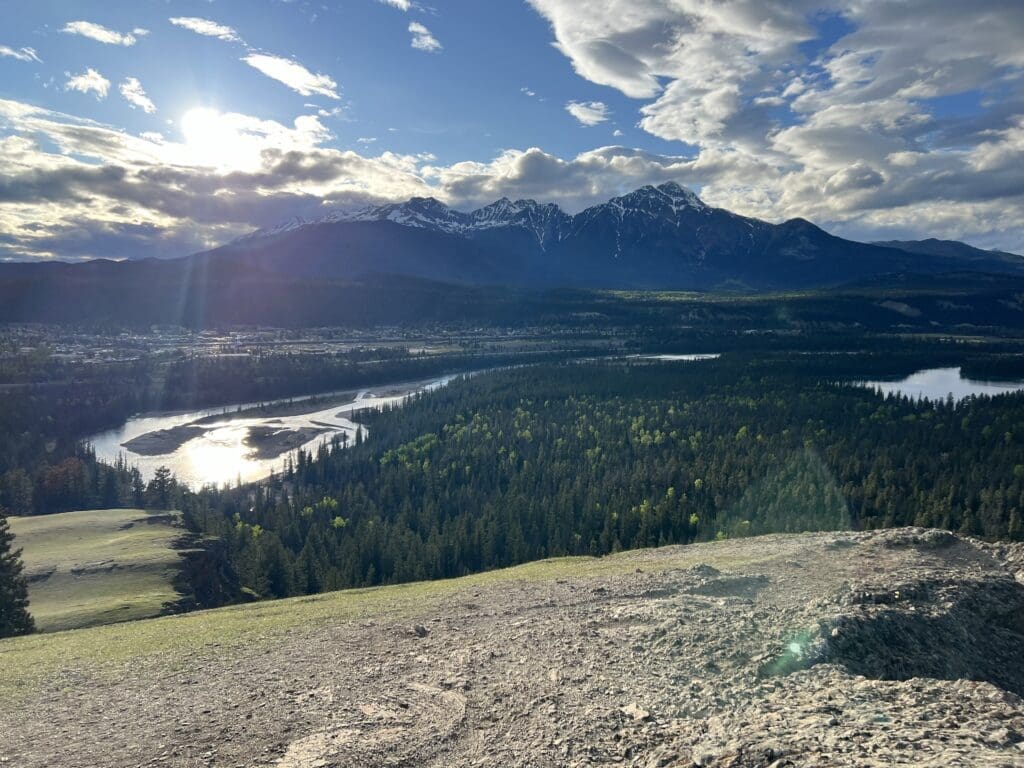
Inform Someone About Your Plans
Tell a friend or family member your hiking route, expected return time, and emergency contact information. If something goes wrong, this can help rescuers find you quickly.
Start Early and Pace Yourself
Start your hike early to maximize daylight and reduce the risk of getting caught in the dark. Take breaks, hydrate regularly, and listen to your body to avoid exhaustion.
Stick to Marked Trails
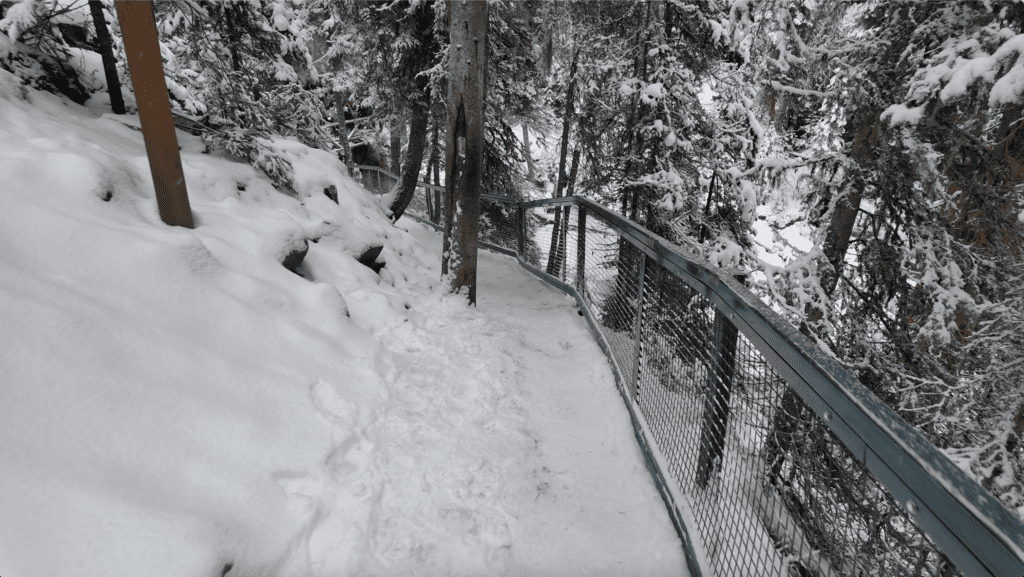
Wandering off-trail increases the risk of getting lost and damaging natural ecosystems. Stick to designated paths and follow trail markers.
Be Aware of Wildlife
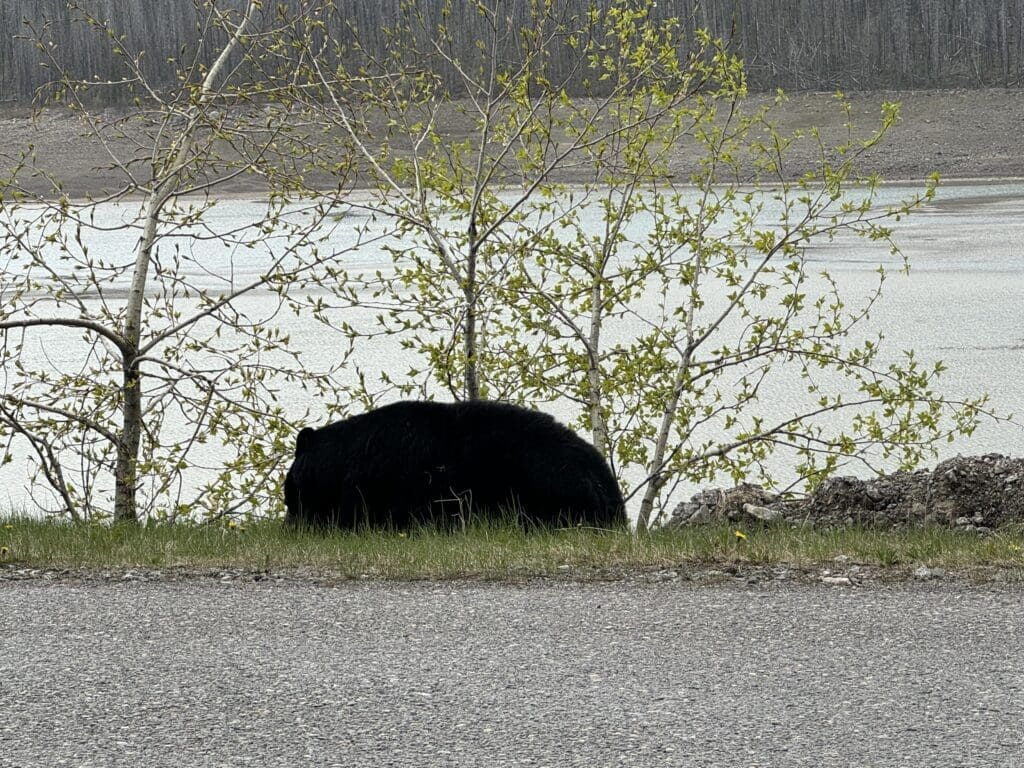
Learn about local wildlife and how to react if you encounter animals. In bear country, carry bear spray, make noise while hiking, and store food properly. Avoid approaching or feeding wild animals.
Leave No Trace (Respect Nature)
Follow Leave No Trace principles by packing out all trash, avoiding picking plants, and staying on marked trails. Respect nature and keep the environment pristine for future hikers.
Know Your Limits
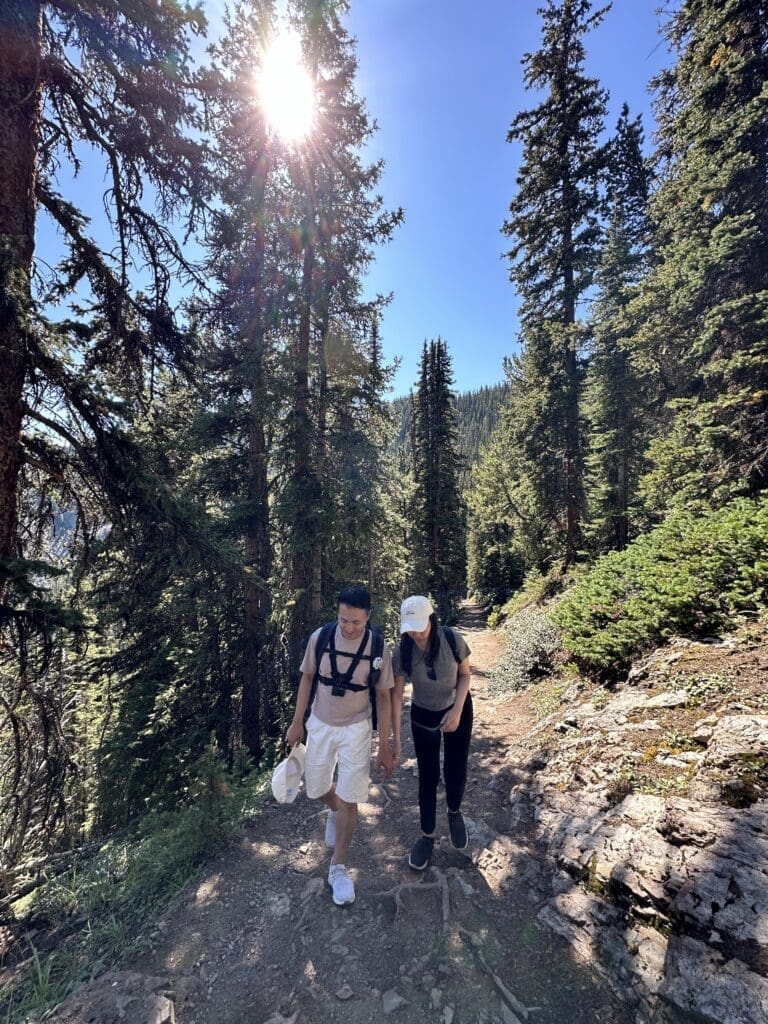
Choose a hike that matches your fitness level and experience. Don’t push yourself beyond your limits, and be prepared to turn back if needed.
Time for Adventure

























































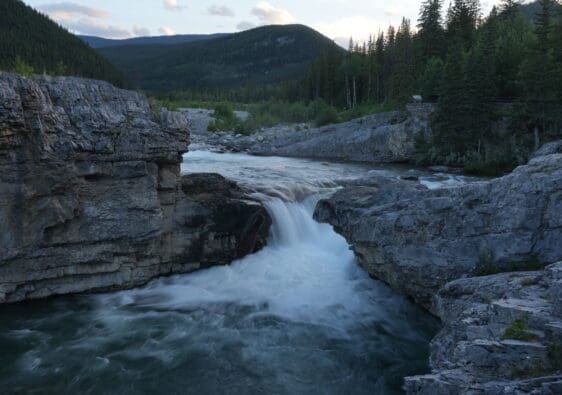
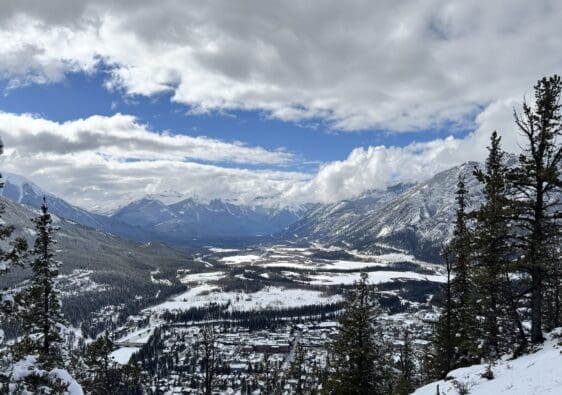
[…] Layered clothing: weather changes fast in the mountains […]